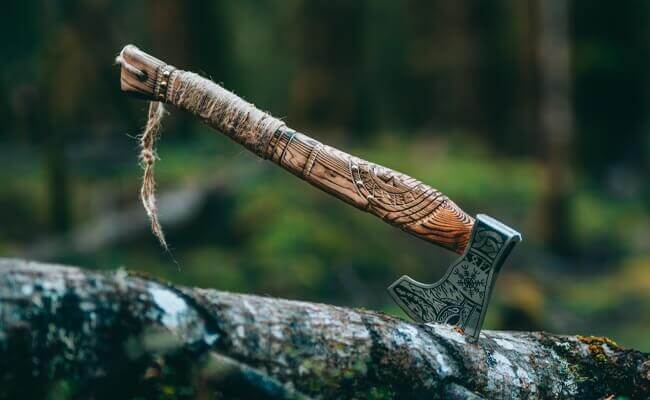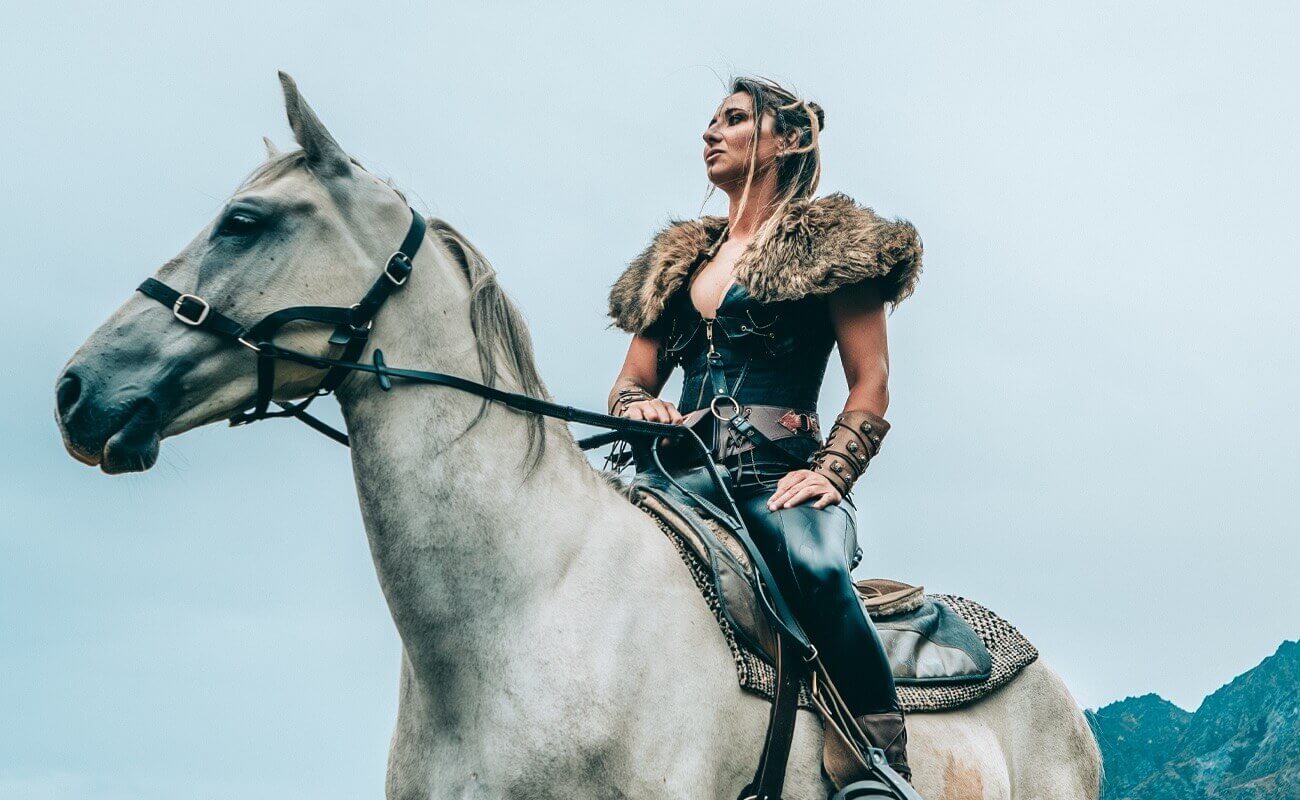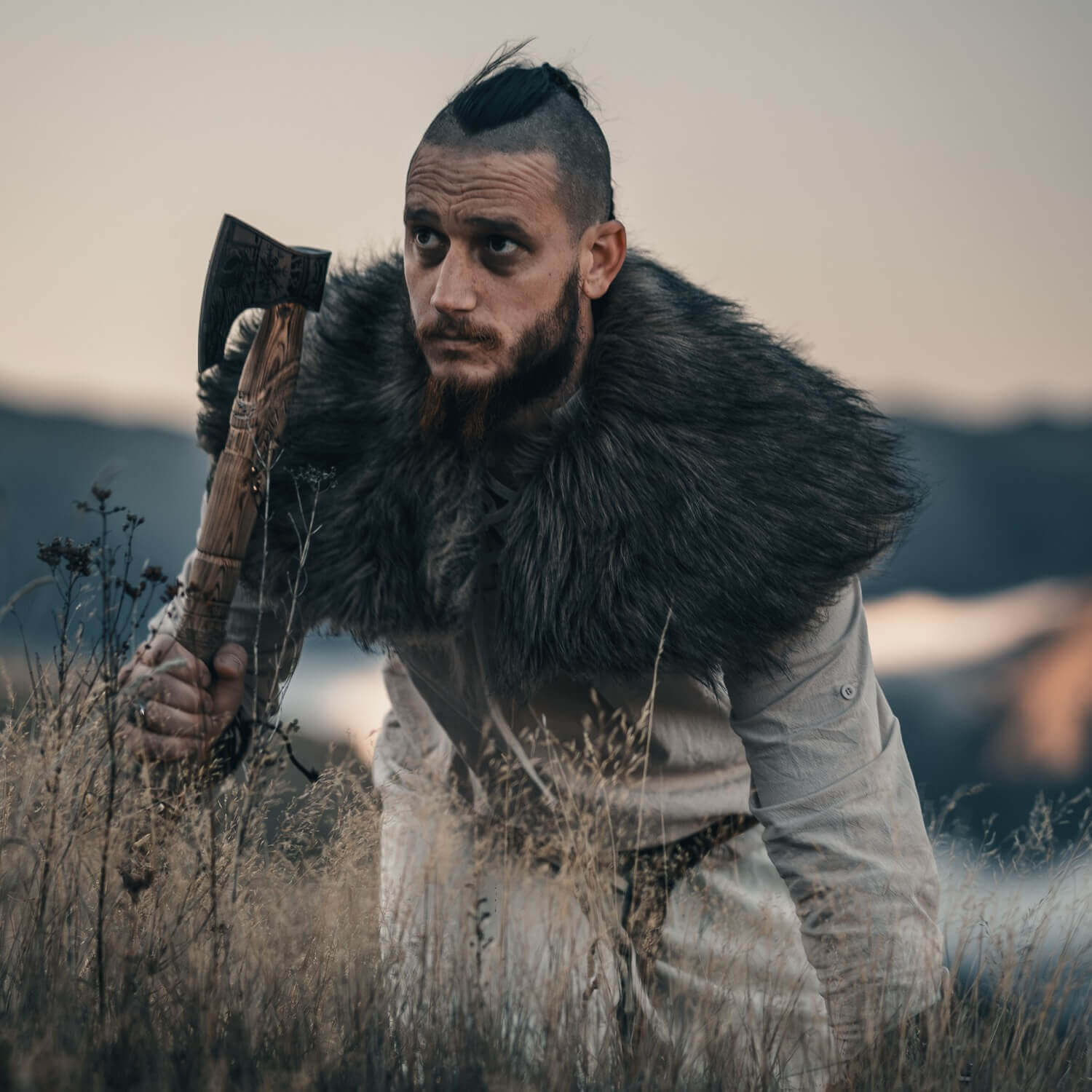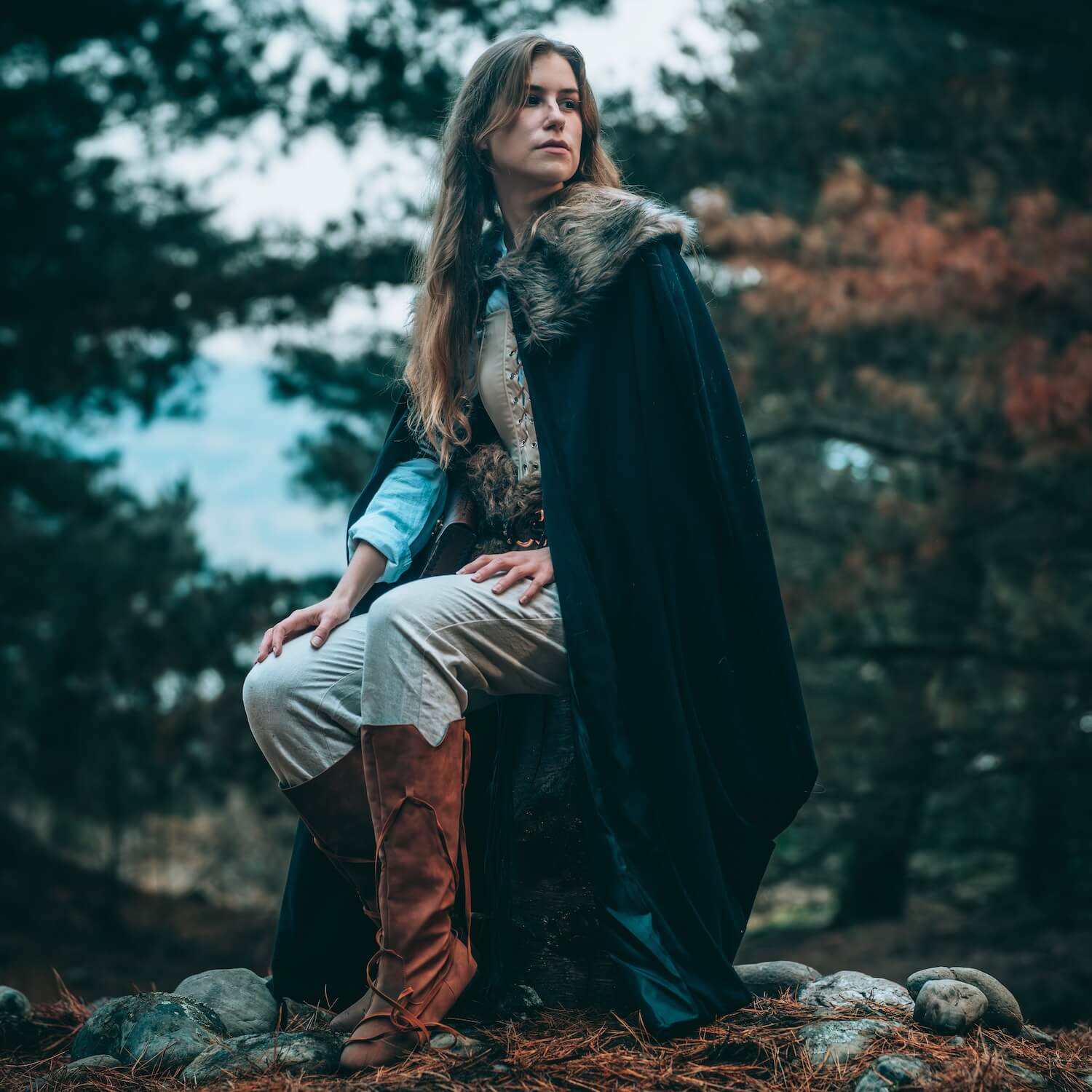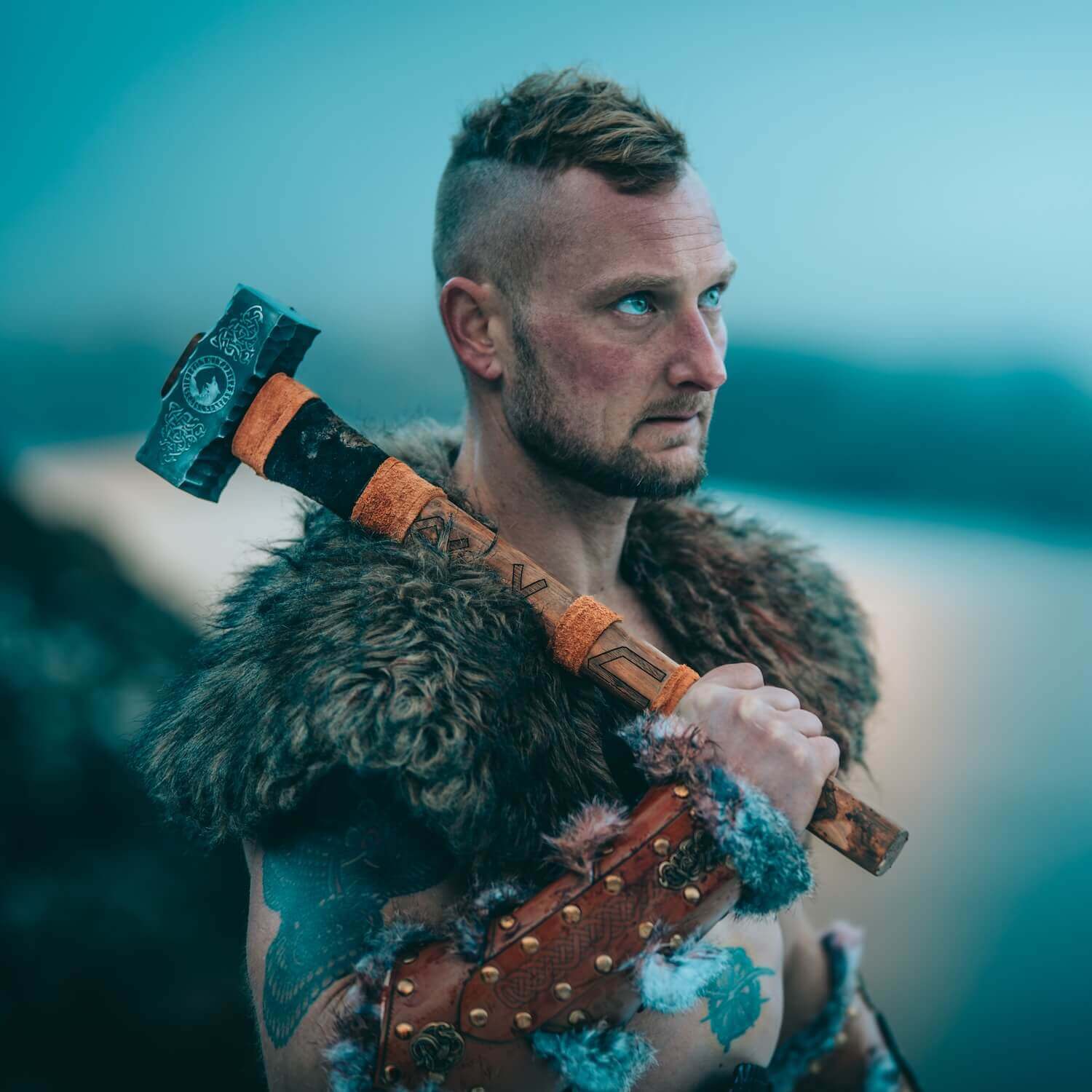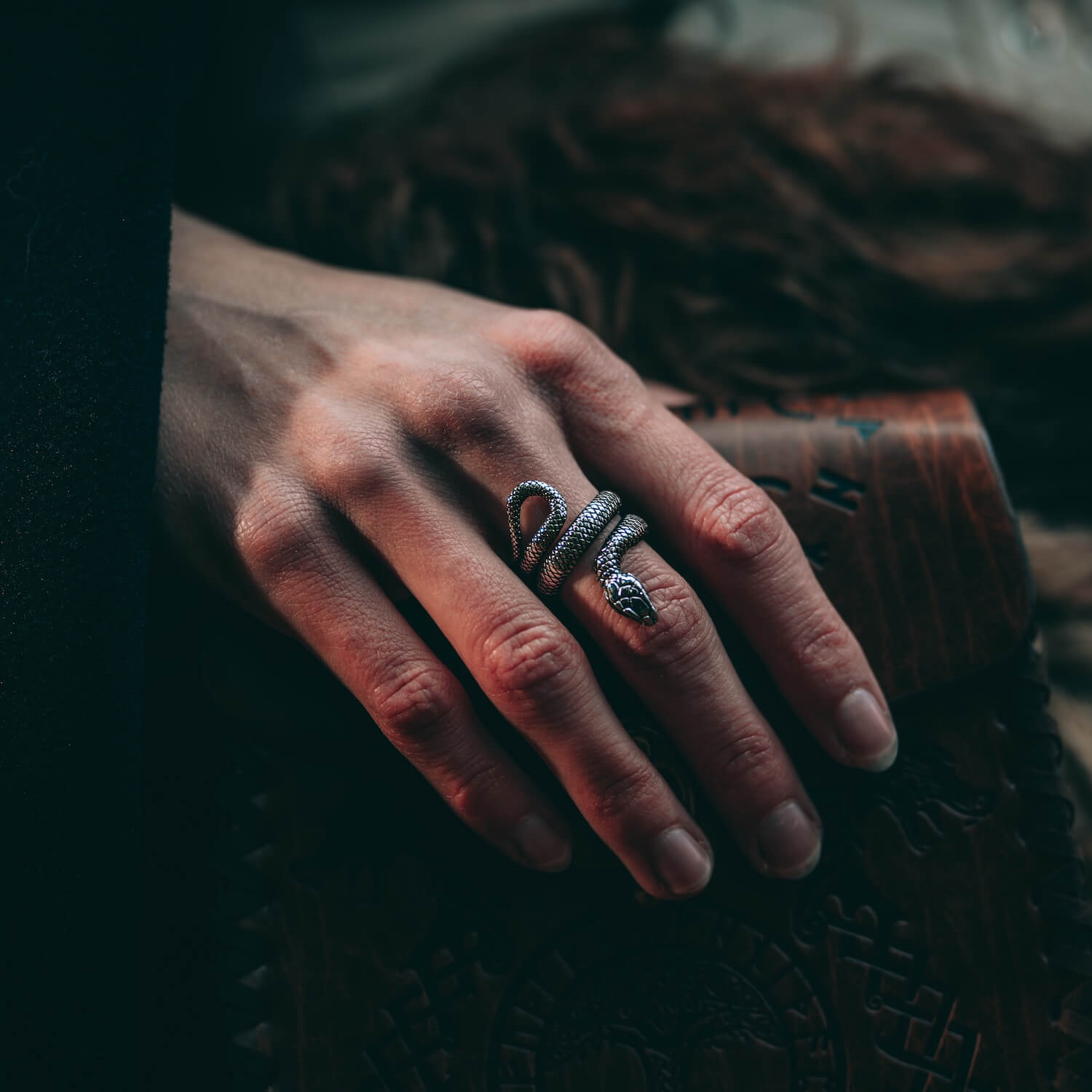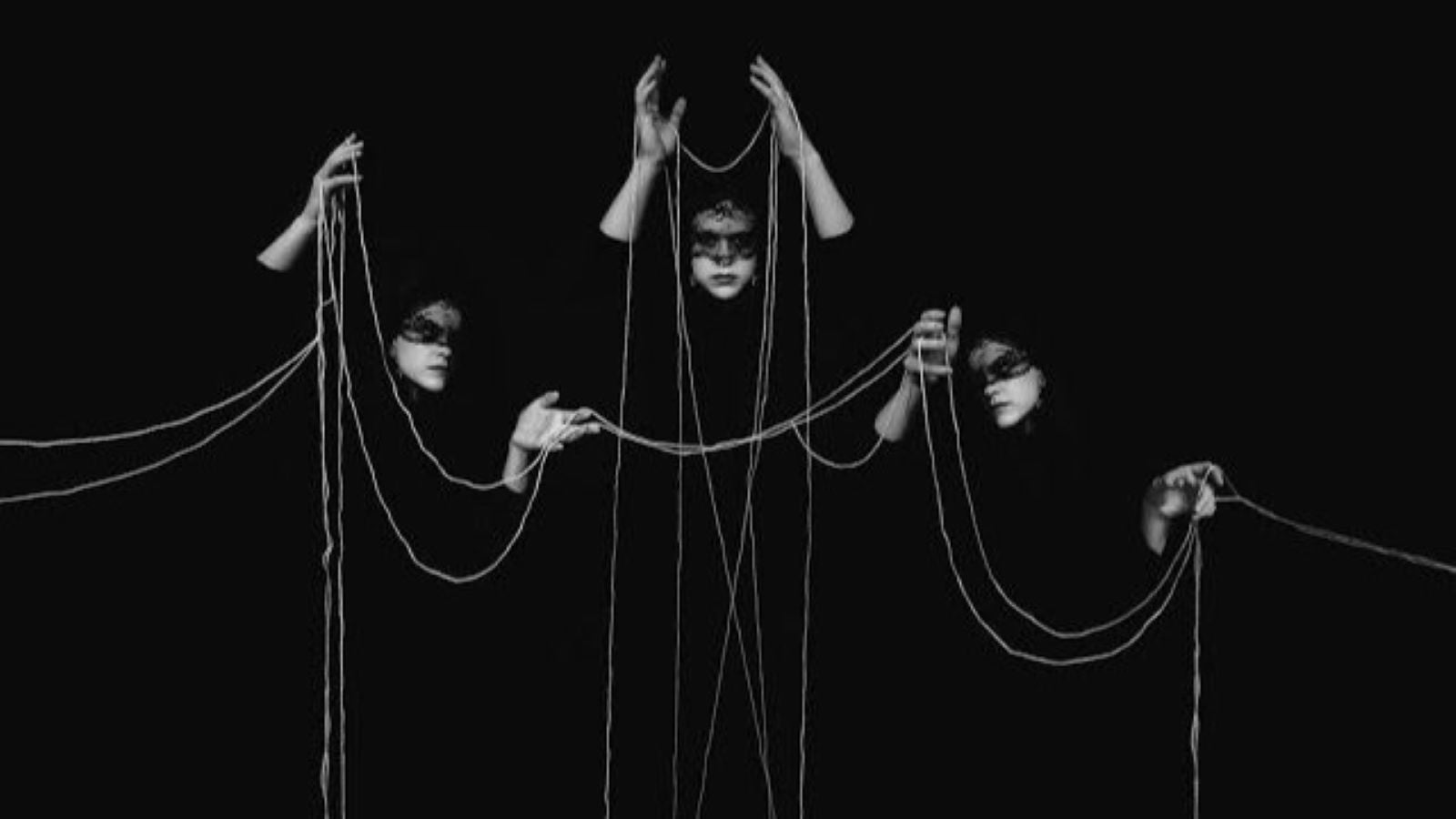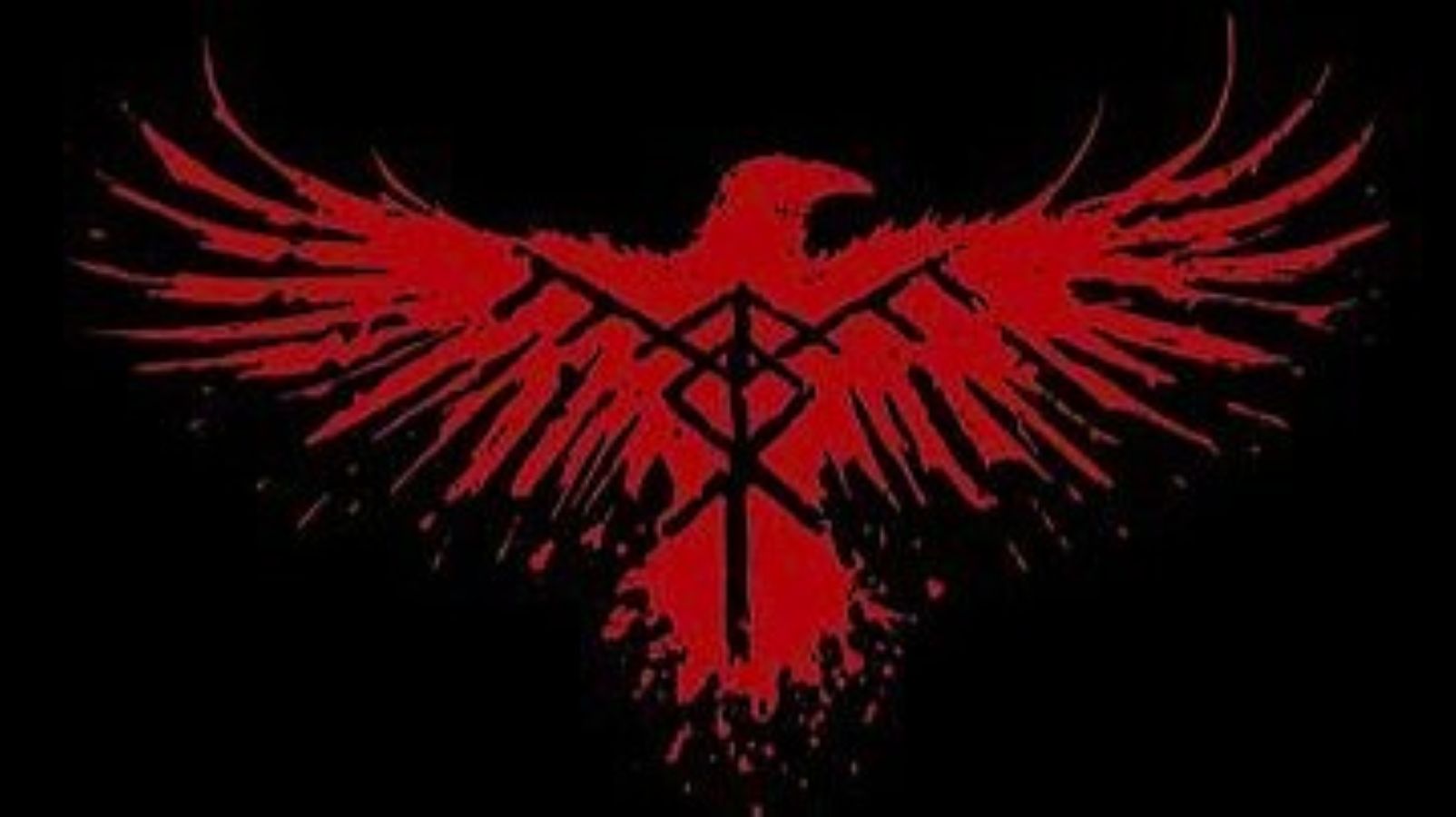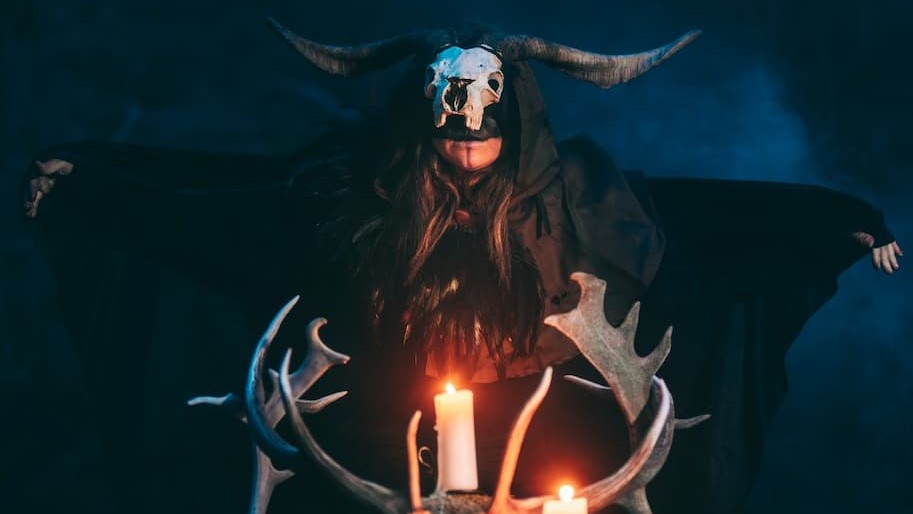
What did the Vikings do in October?
In October, like any other time of the year, the Vikings were engaged in a variety of activities that played a crucial role in shaping their culture and history. Let's explore what the Vikings did in October, shedding light on their daily lives, trade, exploration, and rituals.
Harvest Time
October marked the harvest season in Viking territories. The Vikings were skilled farmers and relied heavily on agriculture for their sustenance. During this month, they would be busy reaping the rewards of their labor, gathering crops such as barley, oats, and rye. It was a time of celebration as the community came together to ensure a successful harvest, and the surplus would be stored for the long winter months.
Trade Expeditions
The Vikings were renowned traders, and their longships were not just instruments of warfare but also vehicles of commerce. In October, as the weather began to cool and the seas calmed, Viking traders embarked on their journeys. They would venture as far as Constantinople in the east and North America in the west, exchanging goods like furs, amber, and weapons for valuable commodities such as spices, silks, and precious metals.
Exploration
Viking exploration was not limited to the warmer months. In October, Viking explorers set sail in search of new lands. This spirit of adventure led to the discovery of places like Iceland and Greenland. While the famous Leif Erikson's landing in North America is often associated with his arrival in Vinland in the summer, these journeys often began in the fall, and October was a critical month for preparations.
Religious Festivals
October was a month of religious significance for the Vikings. They practiced a pagan religion with a pantheon of gods and goddesses, and their festivals were closely tied to the changing seasons. In October, they celebrated events like Álfablót, a feast honoring the spirits of the land, and Vetrnætr, marking the onset of winter. These rituals included offerings, feasting, and communal gatherings.
Preparations for Winter
With winter fast approaching, October was a time for Vikings to make crucial preparations. They would repair and fortify their longhouses, gather firewood, and stockpile food. The harsh Scandinavian winters demanded meticulous planning to ensure their survival during the cold months. This period of preparation was a community effort, strengthening the bonds within Viking society.
To sum up, besides warfare and raids, the Vikings had a diverse range of activities in October, much like any other time of the year. They were farmers, traders, explorers, and deeply spiritual people. Their actions during this month not only sustained their communities but also played a significant role in shaping the course of history. By understanding the multifaceted nature of Viking life, we gain a deeper appreciation for their rich and complex culture.

